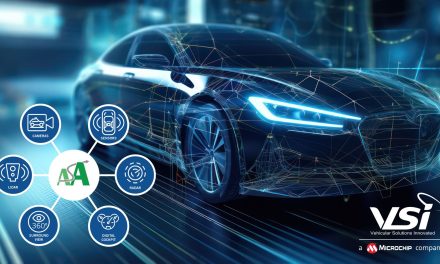As industrial applications increasingly use process control systems utilising sensor feedbacks to monitor various operating parameters, energy sources and consumption are becoming major factors of a system. In cases where power for a control system is generated from a local transformer or generator, operators do not need to worry about a few tens of milliampere of current. However, if systems operate from a battery or solar panel-lithium source, power conservation must be maximised to extend power source life. Depending on application and environment, battery life expectations range from a minimum of a few months to ten years, in cases of remote oil and gas pipeline facility.
4-20mA Two-Wire Loop Power
In cases where local power is abundantly available for sensors and processes, the 4-20mA two-wire loop powered system will still dominate over three-wire voltage outputs such as 0-5VDC or 0-10VDC. The 4-20 mA two-wire loop power has many advantages such as noise immunity over long cable runs, ability to transmit over high impedances without loss of signal (assuming one has enough voltage drive to overcome the line impedances) and ease of current to voltage conversion.
Many manufacturers of programmable logic controllers (PLCs) and distributed control systems (DCS) have electronics cards that can drive and accept 4-20mA inputs. For wireless and custom micro-controller based systems employed and powered by solar panel-lithium battery combinations in remote oil and gas instrumentation, very few options exist for 4-20mA since most of these device operate from 3.3VDC or 5VDC power supplies. Here, every milliampere of current counts and tight operating voltages is the norm.
Lower Power Requirements
Low power applications can be divided into two categories: continuous power or pulsed power that can dictate the use of life based on a battery or solar panel-lithium combo. In flow and pressure measurements where readings are needed to monitor rapid changes, continuous power is applied. Here, devices need to operate at low power levels.
In pulsed power applications, typically the speed or response of the system is not needed. Here, the change in measurements take place over longer periods of time. For example, levels do not change rapidly for a water holding tank, industrial gas cryogenic cylinder or fuel tank on a stand by generator. In these applications, operators can use two AA size batteries, operating at 3V, to run systems and still get plenty of life from the system. In these cases, the sensor is pulsed with power for a period of few hundred milliseconds to two seconds, depending upon the warm up time in the electronics, to take a stable reading before shutting the power to the sensor.
by Karmjit Sidhu, vice president, Business Development, American Sensor Technologies


